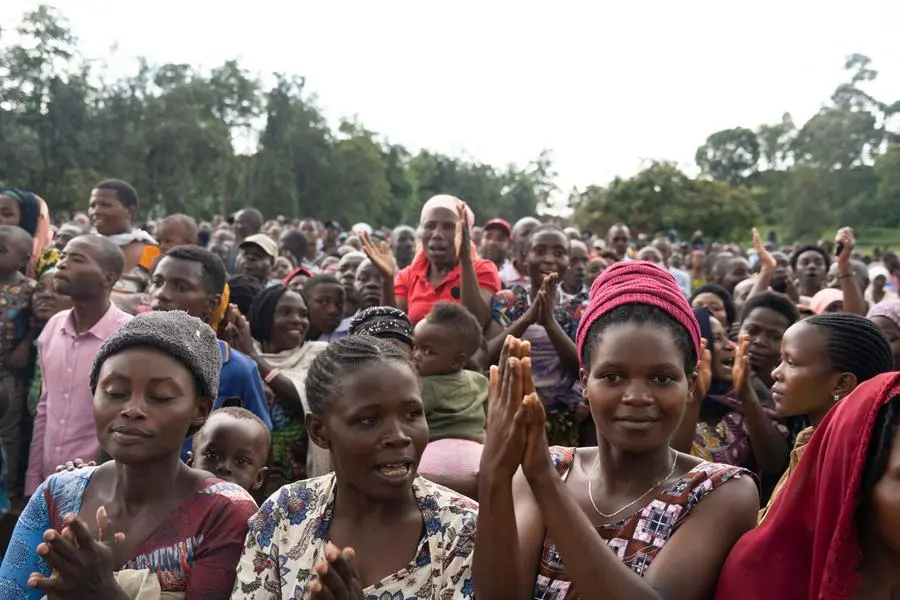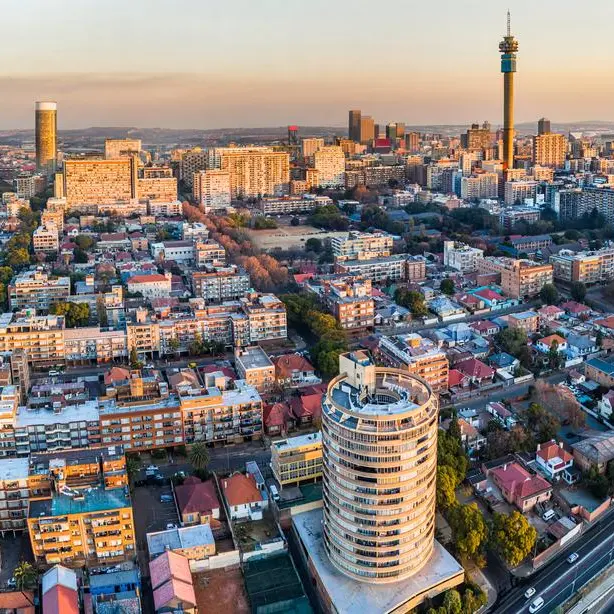PHOTO
The East African region was this week counting the cost of heavy rains amid a high death toll and massive displacements. Now authorities have to deal with an urgent humanitarian crisis, besides thinking of future environmental plans to avoid a repeat.
Rwanda said it needs at least $160 million to rebuild infrastructure and resettle families affected by the May 2 disaster. By Tuesday, at least 9,000 people had been displaced following a heavy downpour earlier last week, killing 131 people and destroying property in Rubavu region.
Rwandan Minister for Infrastructure Ernest Nsabimana said $110 million will be spent on rebuilding damaged national and district roads, bridges, electricity, and water infrastructure. The floods caused significant damage to eight national roads, 26 bridges, eight health facilities, and six water treatment plants. But the actual cost in terms of deaths, lost livelihoods and shelters could be higher.
He said $41 million is for national roads, $38 million for bridges, $25 million for inter-district roads, $5 million for electricity infrastructure, and $1 million for the water infrastructure.
According to Rwanda’s Ministry of Emergency Management, the disaster brings the total number of lives lost to 191 since January, with at least 408 disaster cases recorded during this period of normally heavy rainfall.
Read: Kagame visits flood victims in RubavuVarious authorities, military forces, religious organisations, and humanitarian groups were pooling interventions to assist in the crisis, with at least 1,540 people relocated from high-risk zones as the area expects more rain in the first and second week of May.
But the problem was not unique to Rwanda. Neighbours Uganda and the Democratic Republic of Congo were also assessing the aftermath.
Ugandan President Yoweri Museveni also blamed residents in Western Uganda for cutting down, and not replanting, trees along hillsides.
Recurrence“There should be no buildings or gardens 50 metres from riverbanks, 200 metres from the lakeshore and no building on hills with a gradient greater than 30 degrees,” President Museveni said on Monday after mourning 23 people killed in a landslide.
Uganda has experienced landslides in the past two decades, which kill dozens in eastern and western regions. The latest disaster will cost at least Ush5 million ($1,338) to cater for immediate needs of each family who lost a member and Ush1 million ($268) to each family from where the 16 injured in Kigezi region and Ntoroko District last week.
Uganda’s Ministry for Relief, Disaster Preparedness and Refugees had last month issued a disaster alert, that several parts of the country will face floods, landslides, mudslides, hailstorms, and lightning as the first rain season starts. It cited parts of eastern, central, western regions and the Lake Victoria Basin as those where near-normal to above-normal forms of rainfall up to May.
But since people didn’t heed the warnings, the country must now deal with displacements, destroyed crops and potential health problems from disease.
In the DRC, recovery teams were still searching for missing persons in South Kivu, even after recovering 440 bodies in the mud and debris.
Read: Scores dead in DR Congo floodsAt least 300 people were still missing but the Red Cross said there was danger of a health crisis, citing the difficulty of providing medical care for the injured and evacuating the dead still trapped under the rubble, as this obviously required psychosocial care.
Double tragedyThis was a double tragedy for Kivu, which is already suffering continual violence by armed groups. Officials said the heavy rains had washed away several food crop fields and food depots and public infrastructure including a micro-dam, markets, churches, mosques, schools, toilets and showers. Several children have been separated from their parents, according to the Red Cross.
In total, some 1,500 houses were swept away in one week. Patrick Muyaya, spokesman for the Congo government, promised medical and humanitarian aid. But it could be the worst natural disaster yet: In December 2022, more than 150 people were killed in floods in Kinshasa.
This week, villages stored bodies at home and burials were conducted a hurry. The US Agency for International Development and the Red Cross expressed fears of a potential health problem.“The situation is very difficult. There has been massive destruction of houses and fields, as well as the loss of many livestock. The population is in urgent need of shelter, basic necessities and food, said Sébastien Loth, head of charity group Doctors Without Borders mission in South Kivu. MSF had donated medical supplies and body bags to the local authorities in Bushsushu, Minova and Nyamukumbi in eastern DRC.
The DRC Red Cross said several bodies had sunk into Lake Kivu, caught in a storm while fishing. And chances of finding survivors were diminishing. Bodies were buried as quickly as they were found due to rapid decomposition. © Copyright 2022 Nation Media Group. All Rights Reserved. Provided by SyndiGate Media Inc. (Syndigate.info).





















